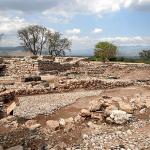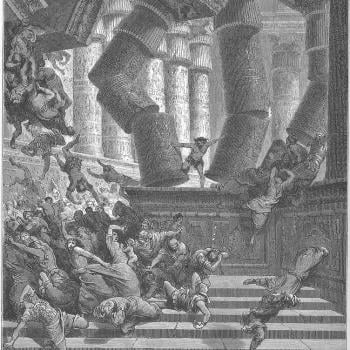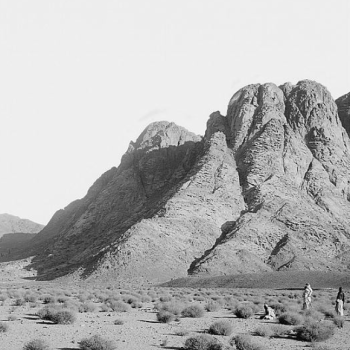
The material formerly here has been re-worked, modified, and edited and is now included only in my book, The Word Set in Stone: How Archaeology, Science, and History Back Up the Bible (Catholic Answers Press: March 15, 2023)
***
Photo credit: Avram Graicer (4-15-11). Aerial view of Tel Megiddo, northern Israel. [Wikimedia Commons / Creative Commons Attribution-Share Alike 3.0 Unported license]
***













